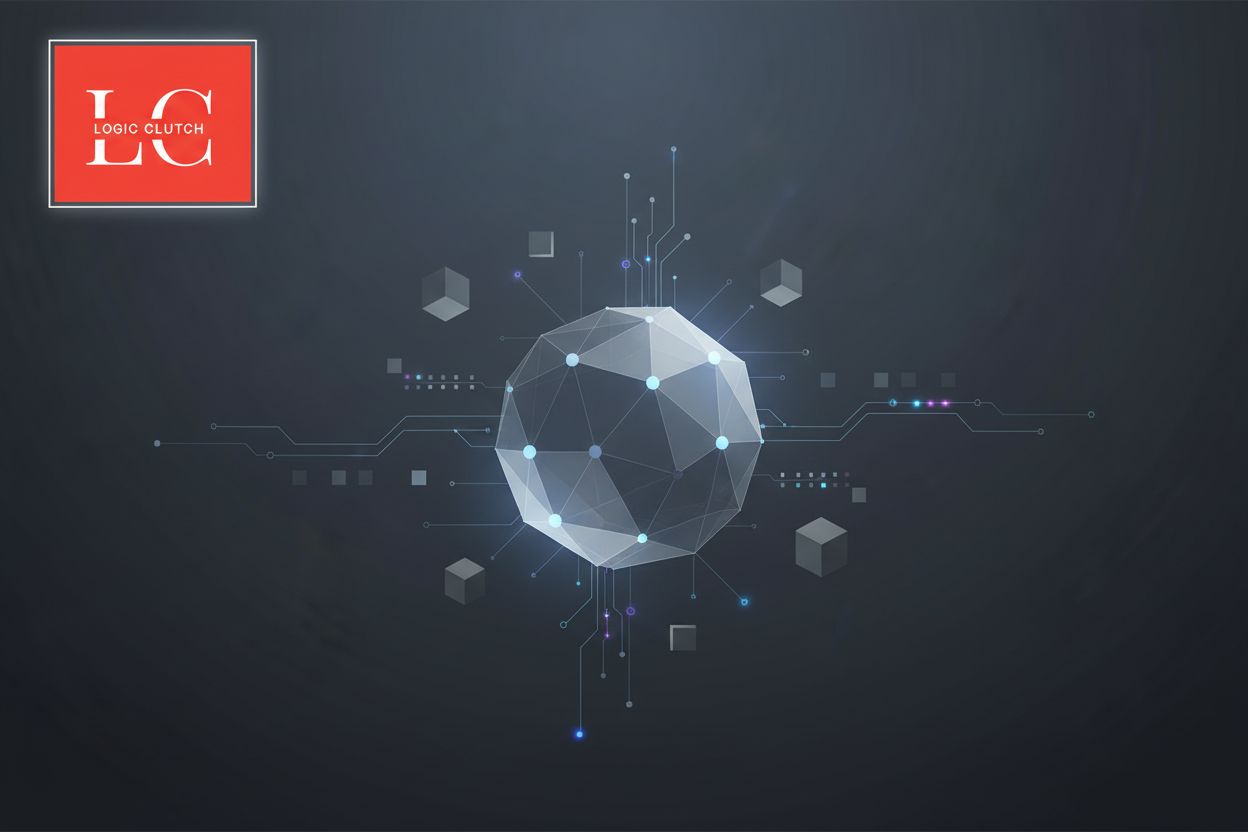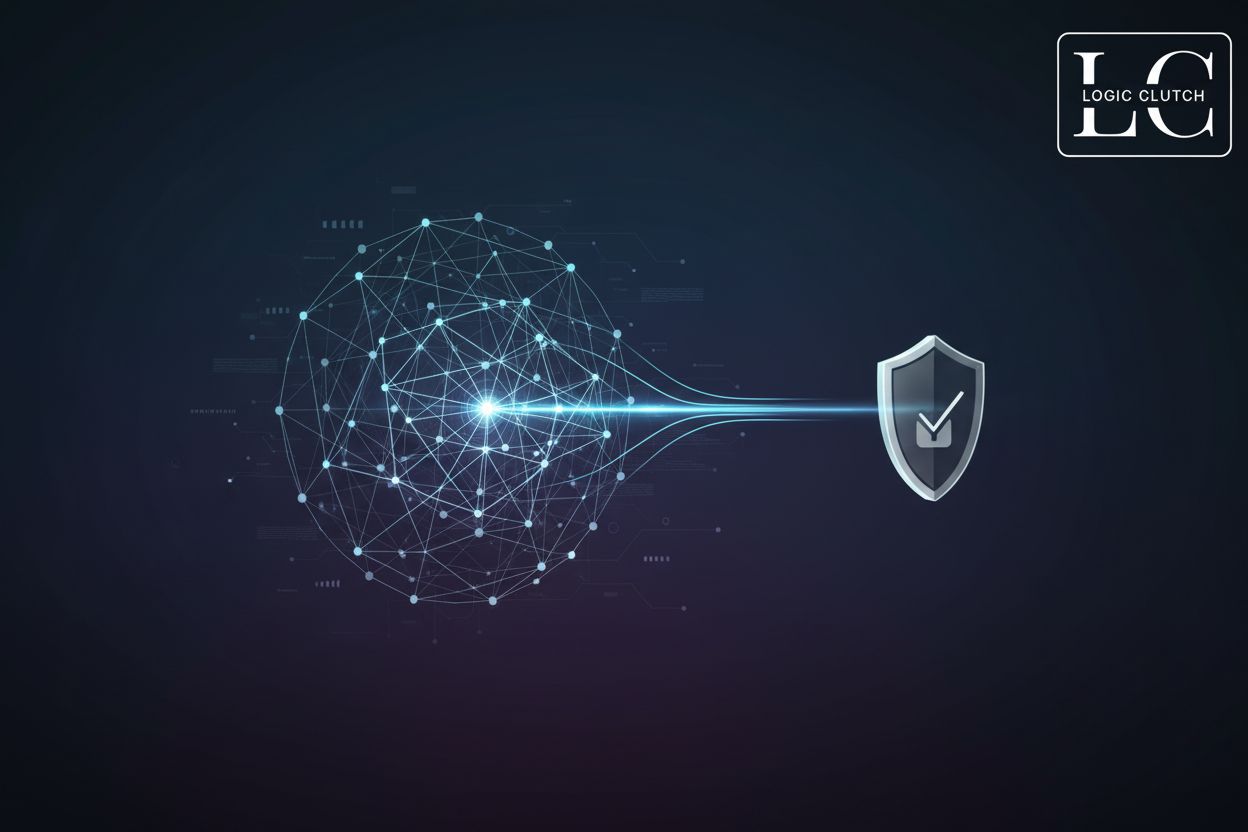Mastering Temporal Logic for Robust Reactive Systems
TL;DR
Understanding Reactive Systems and Their Challenges
Reactive systems are everywhere, from controlling traffic lights to managing financial transactions. But what exactly are they, and why are they so challenging to build correctly?
Reactive systems continuously interact with their environment.
- They must respond to events in a timely manner. For instance, a high-frequency trading platform needs to react instantly to market data, or a manufacturing plant's safety system must immediately respond to sensor readings to prevent accidents.
- These systems are event-driven, meaning they react to external signals. Think about an e-commerce platform responding to customer orders or a smart home system adjusting to temperature changes reported by a sensor.
- Real-time constraints are critical. Consider an autonomous vehicle needing to process sensor data and make decisions in milliseconds or a robotic surgery system responding to a surgeon's commands with minimal delay.
Designing reactive systems presents unique difficulties.
- The complexity of concurrent interactions can be overwhelming. Imagine coordinating multiple microservices in a cloud environment or managing numerous sensors and actuators in a smart factory.
- Ensuring correctness and safety is paramount. A small error in a medical device or an aviation control system can have catastrophic results.
- Reactive systems must gracefully handle unpredictable inputs. A denial-of-service attack on a web server or unexpected sensor noise in an industrial control system are examples of challenges.
Temporal logic offers a powerful way to address these challenges. Next, we'll explore how it helps ensure reactive systems behave as expected.
Introduction to Temporal Logic: A Foundation for Verification
Did you know that a single error in a reactive system can cost millions? Temporal logic offers a robust method for verifying these systems, ensuring they behave as expected over time. It's a vital tool for building reliable and safe applications.
Temporal logic is a formal system that allows us to reason about how the truth of propositions changes over time. Unlike standard logic, which deals with static truths, temporal logic can express properties that hold at different points in time.
- It provides a way of expressing properties such as "a condition will eventually be true" or "a condition will always be true."
- This is crucial in system verification. Engineers use it to specify and verify the behavior of complex systems, ensuring they meet safety and performance requirements.
- For example, in a distributed banking system, you can verify that "a transaction will eventually be processed" or "funds are never double-spent."
Temporal logic uses specific operators to define how propositions change over time. These operators make it possible to create precise and unambiguous specifications for system behavior.
- Always (G): Indicates that a property holds true at all future moments in time. For instance, "G(request -> response)" means that whenever a request occurs, a response will always follow.
- Eventually (F): Indicates that a property will be true at some point in the future. An example is "F(system_online)", which means that the system will eventually come online.
- Next (X): Indicates that a property will be true at the next moment in time. For example, "X(door_closed)" means that the door will be closed in the next state.
- Until (U): Indicates that a property will be true until another property becomes true. For example, "process_active U process_complete" means that the process remains active until it completes.
Visualizing these operators can help in understanding their application.
Understanding these foundational concepts sets the stage for diving deeper into the practical applications of temporal logic. Next, we will explore these key operators in more detail.
Linear Temporal Logic (LTL) in Detail
Did you know that reactive systems must not only respond correctly but also in the right sequence? Linear Temporal Logic (LTL) is essential for specifying these sequential behaviors. It allows us to define properties that must hold along a single execution path.
LTL is built upon a foundation of temporal operators. These operators describe how propositions evolve over time. Let's explore the syntax and semantics in more detail:
- Formal Definition: LTL formulas are constructed using propositional logic combined with temporal operators like Next (X), Eventually (F), Always (G), and Until (U). For example, "G(req -> F(grant))" means "always, if a request occurs, then eventually a grant will follow."
- Interpretation: LTL formulas are interpreted over execution paths, which are infinite sequences of states. Each state satisfies a set of propositional variables. The truth of an LTL formula is determined by whether it holds true along the entire execution path.
- Examples: Consider a simplified automated retail checkout system. The formula "G(pay -> X(receipt))" specifies that always, if payment occurs, then next, a receipt will be printed.
LTL makes it possible to express critical properties of reactive systems. These properties ensure the system behaves reliably.
- Safety Properties: These ensure that "something bad will not happen." For example, in a multi-threaded application, mutual exclusion can be expressed as "G(!(critical_A & critical_B))", meaning it is always the case that processes A and B are not in their critical sections simultaneously.
- Liveness Properties: These ensure that "something good will eventually happen." For instance, a guaranteed response in a server can be expressed as "G(request -> F(response))", meaning that always when a request occurs, a response will eventually follow.
- Examples: In healthcare, an infusion pump must ensure that the medication rate never exceeds a safe limit. This could be expressed with LTL to prevent dangerous conditions.
Understanding LTL's syntax and how it expresses essential system properties sets the stage for practical applications. Next, we will explore practical model checking using LTL.
Computation Tree Logic (CTL) and its Advantages
Did you know that incorrect assumptions about system behavior can lead to critical failures? Computation Tree Logic (CTL) offers a powerful solution by exploring all possible execution paths. This makes it invaluable for verifying complex systems.
CTL is a branching-time logic, unlike LTL which focuses on a single execution path. CTL allows us to reason about multiple potential futures. This is particularly useful when dealing with systems that have non-deterministic behavior.
- Path Quantifiers: CTL uses path quantifiers to express properties over possible execution paths.
- A (For All Paths): The property must hold on all paths starting from a given state.
- E (Exists a Path): There must exist at least one path starting from a given state where the property holds.
- Combining Quantifiers and Operators: CTL combines these path quantifiers with temporal operators like Next (X), Eventually (F), and Always (G). For example, "AF(ready)" means "for all paths, eventually the system will be ready," while "EF(ready)" means "there exists a path where the system will eventually be ready."
In a cloud computing environment, CTL can verify that "all virtual machines will eventually receive security updates" (AF(updated)). Conversely, in a robotic system, "there exists a path where the robot avoids obstacles" (EF(safe_path)). Consider a financial trading platform; you could use CTL to ensure that "from any state, there exists a path to complete a transaction" (EF(transaction_complete)).
Understanding when to use CTL versus LTL is crucial for effective system verification. Next, we'll explore the specific scenarios where CTL shines and how it compares to LTL.
Practical Application: Model Checking and Verification Tools
Did you know that finding errors early can save significant resources in system development? Model checking offers a systematic approach to verifying system designs before implementation.
- Model checking is an automated technique. It verifies if a model of a system satisfies a given temporal logic specification. This helps ensure that the system behaves as expected under all possible scenarios.
- The model checking process involves creating an abstract model of the system, specifying the desired properties using temporal logic (LTL or CTL), and then automatically checking if the model satisfies these properties.
- For example, consider a safety-critical system in healthcare such as an automated drug delivery system. Model checking can verify that the system never delivers an unsafe dosage of medication.
Model checking automates the verification process, reducing the risk of human error. This is particularly valuable in complex systems where manual verification is impractical.
Next, we'll explore some popular model checking tools.
Challenges and Future Directions
Temporal logic offers powerful verification capabilities, but challenges remain.
- The state explosion problem occurs when the number of states grows exponentially, limiting scalability.
- Researchers explore techniques like abstraction and symbolic model checking to mitigate these issues.
As AI and IoT expand, temporal logic will likely integrate with other formal methods, enhancing system reliability in complex environments.





